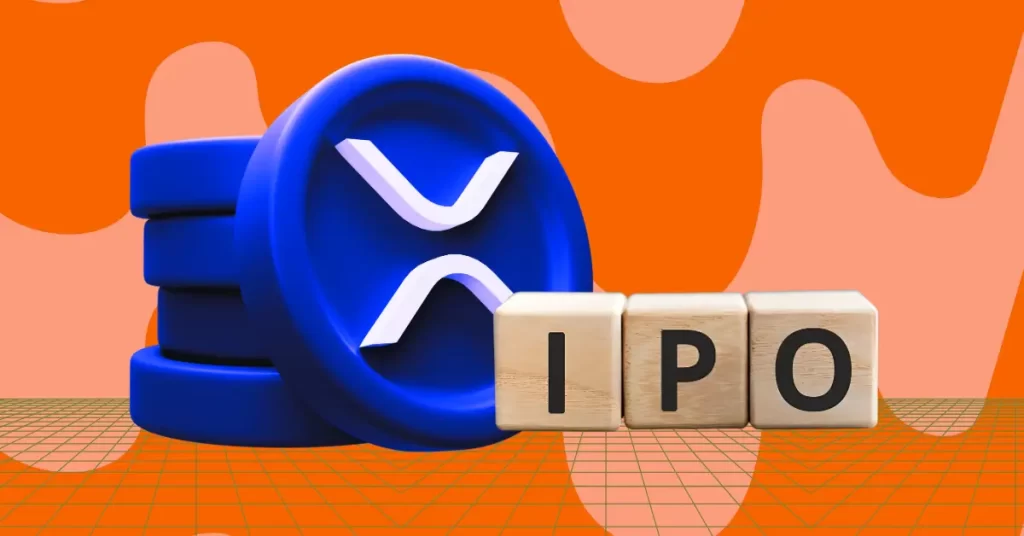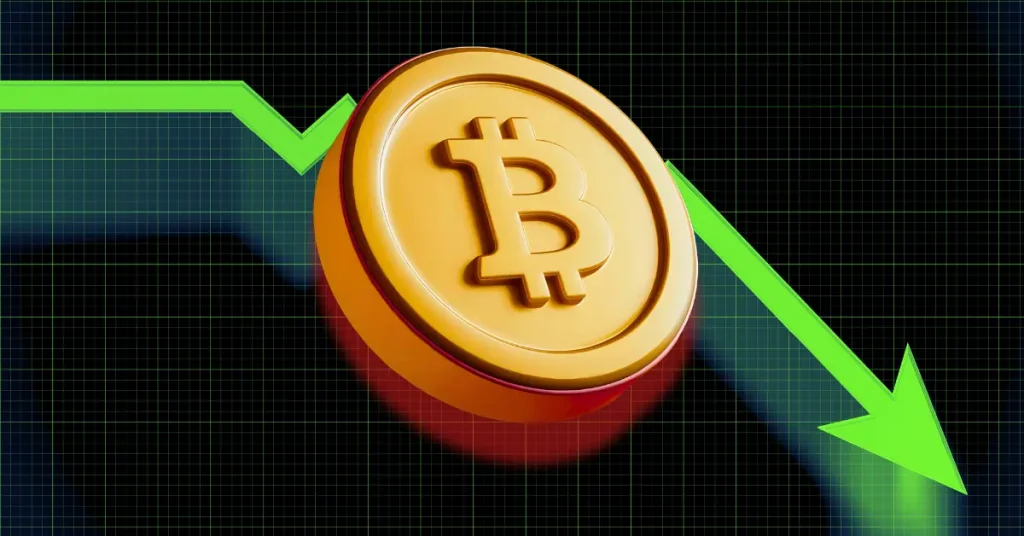The crypto industry, valued at $3.6 trillion, is gearing up for its first major M&A phase as global dealmaking to surge over $4 trillion in 2025. Table of Contents Change is coming Regulatory shifts – a catalyst for crypto M&A Consolidation – crypto’s evolution under new conditions What do experts think? The road ahead Change is coming The global economy is preparing for a year of intensified dealmaking, with mergers and acquisitions (M&A) expected to surpass $4 trillion in 2025 — the highest level in four years. The projection comes against a backdrop of economic stability and anticipated regulatory shifts, driven by President-elect Donald Trump’s promises of a pro-business agenda, promising deregulation, lower corporate taxes, and eased antitrust enforcement. Antitrust enforcement, in particular, is expected to benefit sectors like technology, finance, and retail, which have historically driven M&A volumes. However, the often-overlooked crypto industry could also find itself at the centre of this activity. The crypto sector, valued at over $3.6 trillion as of Jan. 17, has historically seen minimal consolidation compared to traditional industries, largely due to regulatory uncertainty. Hence, it is uniquely positioned to capitalize on these broader economic tailwinds. Let’s understand how. Regulatory shifts – a catalyst for crypto M&A In M&A, regulation is often the deciding factor between stagnation and growth. Under the Biden administration, crypto companies faced a challenging environment marked by heightened scrutiny and restrictive policies. The SEC, led by Gary Gensler, pursued aggressive enforcement, leaving many firms cautious about expansion or acquisitions. However, with President-elect Trump’s promise of deregulation and a leadership overhaul at the SEC, the crypto sector could witness its first major wave of dealmaking. The potential impact of regulatory changes can be understood by examining recent trends in traditional markets. In 2024, leveraged buyouts surged by 35%, reaching $600.8 billion, as private equity firms capitalized on improved financing conditions and reduced oversight. These deals often target undervalued companies, providing a framework for how similar activity could unfold in crypto. For instance, smaller crypto exchanges or blockchain infrastructure firms struggling under regulatory pressures could now become attractive targets for acquisition. Moreover, the global rise in M&A volumes — up 15% year-on-year to $3.45 trillion in 2024. The U.S., which accounted for $1.55 trillion of this activity, saw a notable increase in deal sizes, with 37 transactions exceeding $10 billion. In the crypto context, this could translate into major crypto players pursuing acquisitions to consolidate market share, diversify offerings, or enter new regions. The implications extend beyond acquisitions. Regulatory clarity also sets the stage for long-awaited crypto IPOs. The IPO market underperformed in 2024, with $110.6 billion raised globally, but a shift in SEC policies could reverse this trend. Companies like Ripple ( XRP ), Kraken, and Circle, the company behind USDC ( USDC ), which have long sought public listings, might finally find a path forward. Consolidation – crypto’s evolution under new conditions Consolidation marks a key transition for industries moving from fragmented competition to structured maturity. In 2025, the crypto industry could enter this phase. Hunter Horsley, CEO at Bitwise Asset Management, in a recent tweet, noted, “The big may get bigger, and the middle may shrink,” referring to the ability of dominant players to leverage their market power in a deregulated environment. Trump administration may unfreeze M&A. Large corporates — mag 7, etc — may finally be able to wield their market cap. Amazon could buy Instacart. Google could buy Uber. etc etc The big may get bigger, and the middle may shrink. If that happens, I think it will accelerate… — Hunter Horsley (@HHorsley) January 5, 2025 If companies like Amazon or Google can easily pursue acquisitions such as Instacart or Uber, it will induce a broader trend where the largest players consolidate resources while mid-sized firms struggle to keep pace. For crypto, the implications are twofold. On the one hand, the conceptual appeal of decentralization — the foundation of crypto — could gain greater relevance. As large corporations grow more centralized, consumers may gravitate toward decentralized finance platforms as an alternative to systems they perceive as overly controlled. On the other hand, the sector could experience its own wave of consolidation. Crypto giants might target smaller, regionally focused competitors to increase their global footprint, enhance liquidity, or acquire cutting-edge technology. To understand this, we can look at patterns in traditional markets. In the early 2000s, search engines, once numerous, coalesced as Google emerged as the dominant player, acquiring smaller competitors to refine its offerings and consolidate market share. Similarly, in crypto, larger players like Binance or Coinbase might leverage acquisitions to strengthen their dominance, streamline services, and expand into underserved regions. Much like the broader fintech trend, where companies such as Stripe acquired smaller firms like Bridge for $1.1 billion to enhance their infrastructure. Major crypto stablecoin issuers might pursue similar moves to secure better scalability and compliance solutions. Stablecoins have become a key component of the crypto economy, with lifetime transactions exceeding $233 trillion as of Jan. 17. However, when excluding “inorganic” activity, such as transactions by bots and automated systems, the total volume is over $17 trillion. As a result, major stablecoin issuers like Tether ( USDT ) or Circle may seek to acquire smaller providers to boost their dominance in cross-border payments or tap into specific geographic markets where adoption is growing. The potential for consolidation in crypto is vast, but its implications go beyond market efficiency or competitive advantage – where the industry begins to align with broader economic trends while retaining its unique focus on decentralization. What do experts think? To understand the potential impact of M&A activity on the crypto industry under the Trump administration, crypto.news spoke with Lucas Zhang, a private equity investor and CEO of EPAL. Loosening regulatory constraints Zhang began by addressing how the Federal Trade Commission and Department of Justice might adapt their approach to reviewing crypto mergers. “With a pro-business administration, we’re likely to see a more lenient stance on mergers, particularly in innovative industries like crypto.” This leniency, he noted, would likely hinge on how deals contribute to broader goals such as job creation, global competitiveness, and blockchain’s role in securing financial systems. Zhang also talked about cross-border payments as a key area that might influence how regulators evaluate the strategic value of crypto-related mergers. “Blockchain’s decentralized nature reduces fraud and streamlines international transactions—traits that align with modern economic priorities.” The risk of monopoly A more relaxed regulatory environment also raises concerns about monopolistic behaviour in crypto, particularly in concentrated sectors like exchanges, stablecoins, and custodial services. Zhang pointed to giants’ dominance in key regions as a cautionary example. “In the APAC region, Binance has faced scrutiny for dominating the exchange market, which raises concerns about its control over global liquidity and its potential to stifle smaller competitors. In the EU, the growth of stablecoins like Tether has led to questions about the systemic risk they could pose, particularly as their dominance in the market could reduce diversity in the financial ecosystem.” To address this, Zhang proposed a balanced approach, inspired by Japan’s regulatory framework, as a model for U.S. regulators. Zhang noted. “A country like Japan offers a good example of how regulators can strike this balance. Japan has developed a relatively balanced regulatory framework for cryptocurrency, promoting innovation through clear, supportive laws while ensuring that platforms adhere to strict anti-money laundering (AML) and consumer protection standards.” Startups: hope or hostage? For startups, Zhang stressed that M&A activity is a double-edged sword. He said: “On the positive side, acquisitions can provide startups with capital, resources, and access to larger markets, allowing them to scale more effectively. However, there is also a significant risk of consolidation stifling innovation.” However, he also warned of the risks. “On the other side, Dominant players might acquire smaller firms merely to neutralize competition, reducing diversity in the ecosystem.” Some platforms, especially those centred on AI and decentralized infrastructure, show how smaller companies can still innovate and grow in a more consolidated industry. However, regulators need to ensure that these startups have the space to continue innovating and expanding, even as larger players gain more market power. Strategic targets Zhang identified blockchain infrastructure providers, web3 platforms, and compliance solutions as the most likely acquisition targets for traditional financial institutions. “These firms are prime targets because they offer the technology and frameworks needed to bridge the gap between traditional finance and the emerging blockchain ecosystem. By acquiring such companies, institutions can accelerate their digital transformation, gain access to cutting-edge decentralized technologies, and ensure they meet the growing regulatory demands of the crypto space.” For example, compliance technologies that streamline onboarding and improve transaction monitoring are particularly valuable as institutions seek to integrate blockchain solutions. Zhang also noted the growing appeal of AI-powered platforms in the crypto space. “Innovations that enhance operational efficiency and expand service offerings will naturally attract interest, especially as institutions look to modernize their operations.” The road ahead Regulatory clarity under the Trump administration is expected to unlock new confidence among investors, particularly in high-growth crypto sectors like decentralized finance and blockchain infrastructure. With clearer rules, venture capital and private equity firms can move decisively, channelling resources into technologies that bridge traditional finance and decentralized systems. This influx of capital could drive innovation, scalability, and broader adoption. However, the risks of unchecked consolidation loom large. When dominant players absorb smaller competitors, market diversity shrinks, leaving innovation vulnerable to stagnation. Over-centralization could also amplify volatility as the industry becomes reliant on a few major entities for liquidity and infrastructure. The challenge lies in maintaining equilibrium. Effective oversight must encourage investment and collaboration without undermining the decentralization ethos that makes crypto unique.
 XRP Rich List: Are You in The Top 10%?
XRP Rich List: Are You in The Top 10%?














